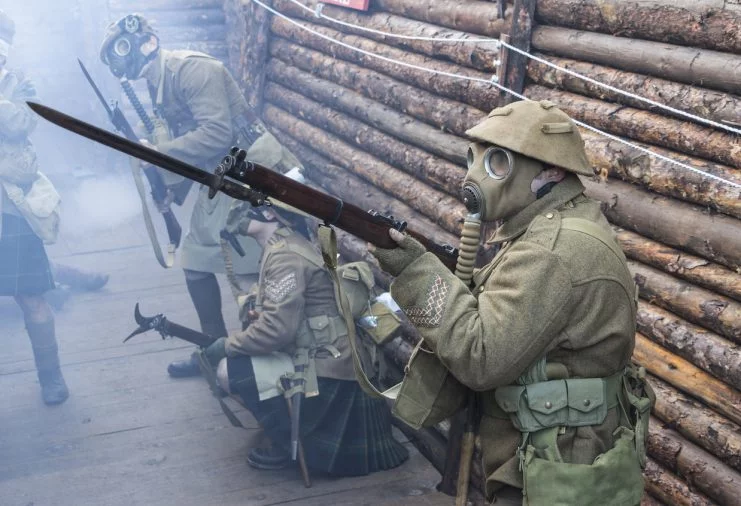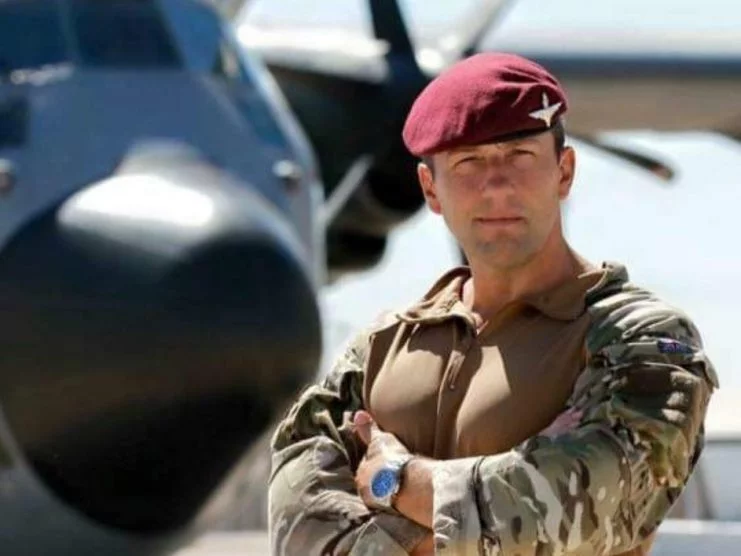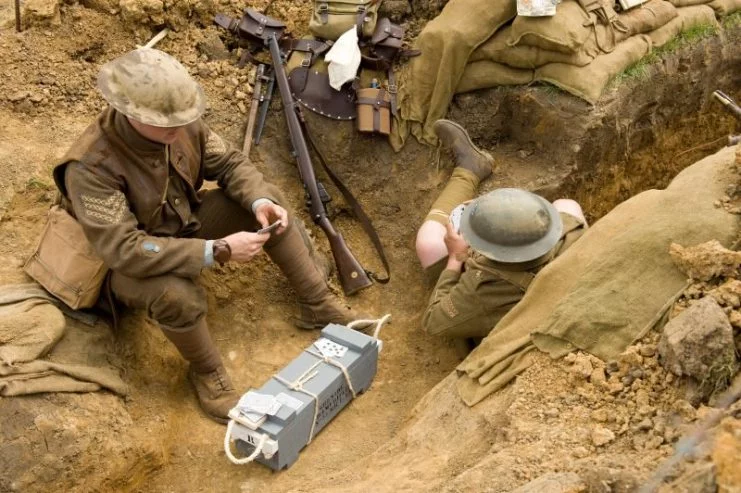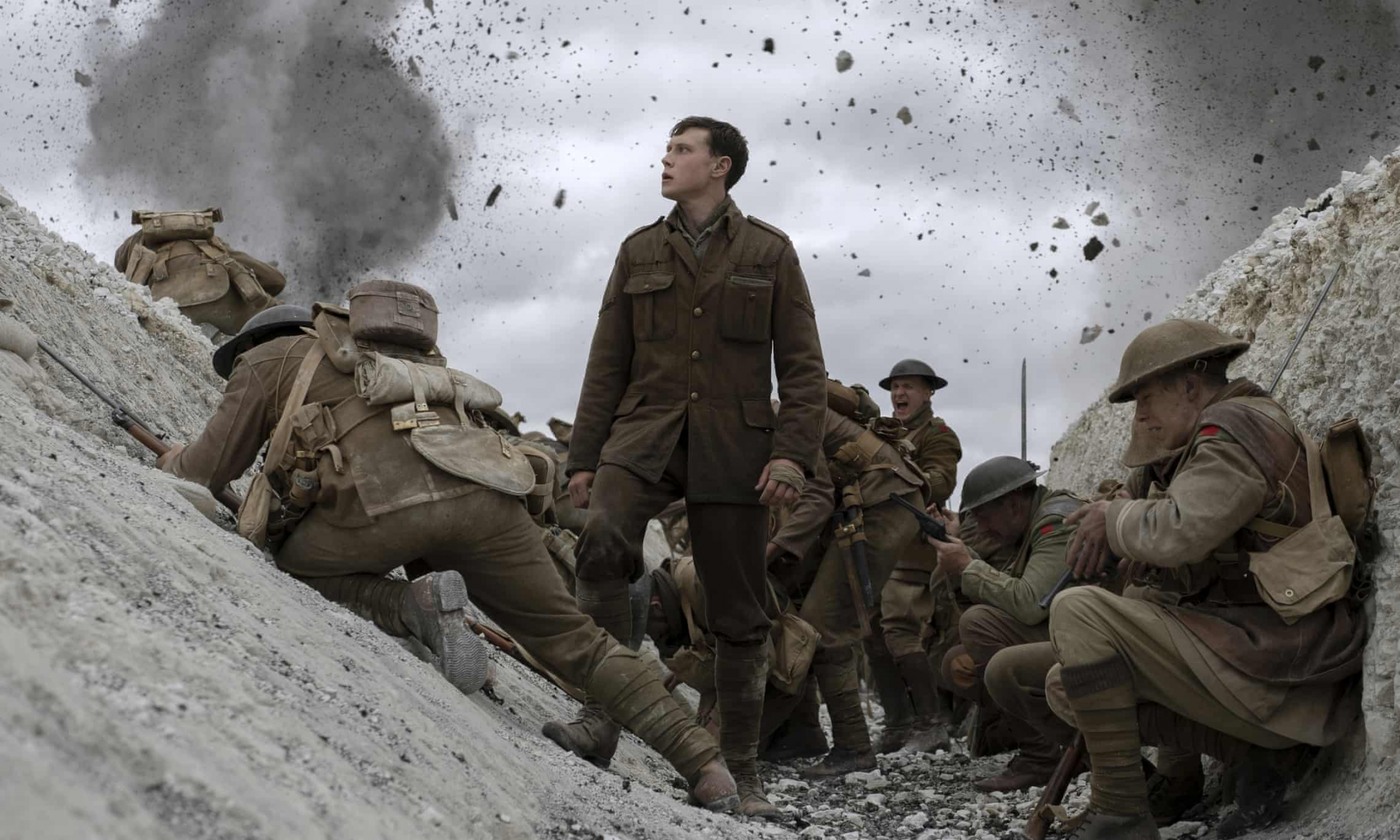It turns out the amazing battle scenes in Sam Mendes’ film 1917 were so realistic because they were mostly real.
The actors in the movie were given training with a former British paratrooper to get them used to the very real explosions and weapons used in the movie.
The explosions contained no shrapnel and the bayonets were hard plastic. Still, everyone on the set had to be mindful of what they were doing at all times because there was still real danger of getting hurt.

Paul Biddiss was the consultant and former paratrooper who worked to make sure everything in the movie was completely accurate.
He worked with the actors to make sure they were handling their weapons properly. He even coached them on how a bullet wound to a specific area of their body would affect their movement so they could accurately portray the injury.
According to Biddiss, there were no CGI explosions or soldiers in the film which was designed to look like one continuous shot for the entirety of its 119 minute running time.
He said that some of the backgrounds were painted in to hide modern parts of the scenery that would not have existed during World War I but otherwise everything is real-time action.

He gave the lead actors military training so that they could correctly hold and fire their weapons. The guns contained blanks which could have seriously injured someone if they had been too close to the weapon when it fired.
Biddiss also was responsible for choosing and training all 800 extras in the film. They were chosen from a pool of more than 2,000 applicants.
He said that the final trench run in the film took four takes to get right. The extras had to be trained to act their parts without looking at the cameras that were working in a very compact space in order to get the shots needed for the film.

Biddiss paid attention to the characters that the actors were playing when he trained them. For example, George MacKay’s character, Schofield, had served in the Somme.
So Biddiss trained 1917 actor MacKay to hold his weapon a certain way and to keep checking that his ammunition pouches were closed since that is how soldiers in the Somme had been trained.
There are reports of soldiers neglecting to close their pouches and losing all of their ammo – so he made sure to show that Schofield had learned that lesson in the Somme.
This detail made into the final film, just as Schofield is about to go over the top into no man’s land.
The character of Blake (played by Dean-Charles Chapman) was less experienced in warfare so Biddiss trained the actor to behave in a more naive manner.
In the movie you see the character constantly check his bayonet because he was nervous and didn’t trust it. By contrast, Schofield only checked his once.
And while everything they did while shooting had to be so precise, there was still room for accidents. As George is running out of the trench, you’ll see him bump into some extras. That wasn’t planned. The actor bumped into them by accident, and they just kept the camera rolling. Had they called “cut” right away, this great, genuine moment capturing the chaos of the war would never have made it into the movie.
“Lt. Dan” Gary Sinise Honored With Award From Congressional Medal of Honor Society
Filming for 1917 began on April 1, 2019 and finished in June. It only took three months to film such a complicated and challenging film which is a credit to the training the actors received.
